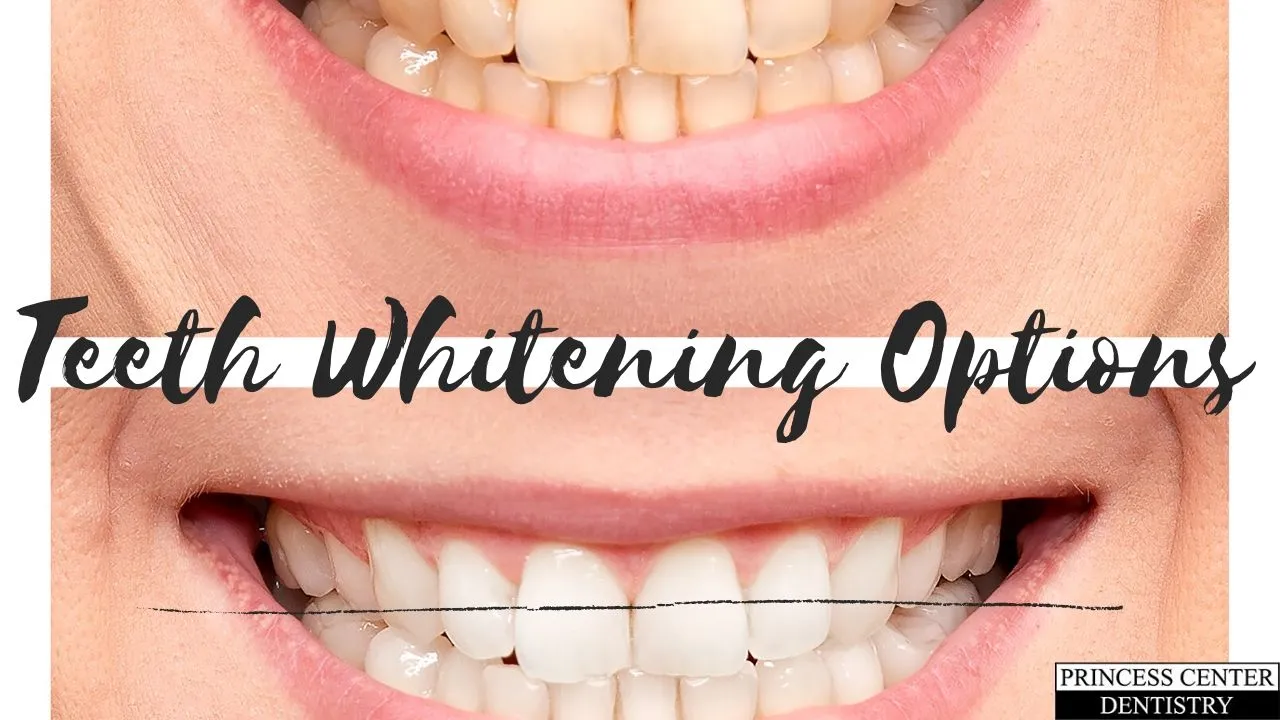Understanding Teeth Whitening Options
Teeth whitening has become a popular cosmetic procedure, sought by many individuals looking to enhance their smiles. With a plethora of teeth whitening options available, understanding the process and the various choices is essential. This guide provides seven key facts about teeth whitening, helping you make informed decisions about achieving a brighter, more confident smile. From professional treatments to at-home solutions, this comprehensive overview will cover everything you need to know about teeth whitening, ensuring you have the knowledge to choose the best option for your needs.
What Causes Tooth Discoloration
Tooth discoloration can arise from a variety of factors, impacting the natural brilliance of your teeth. Understanding these causes is crucial for preventing and treating discoloration effectively. Several elements contribute to this process, including dietary choices, lifestyle habits, and natural aging. Being aware of these elements will help to select the right teeth whitening options to bring your teeth to their original shine.
Food and Drinks
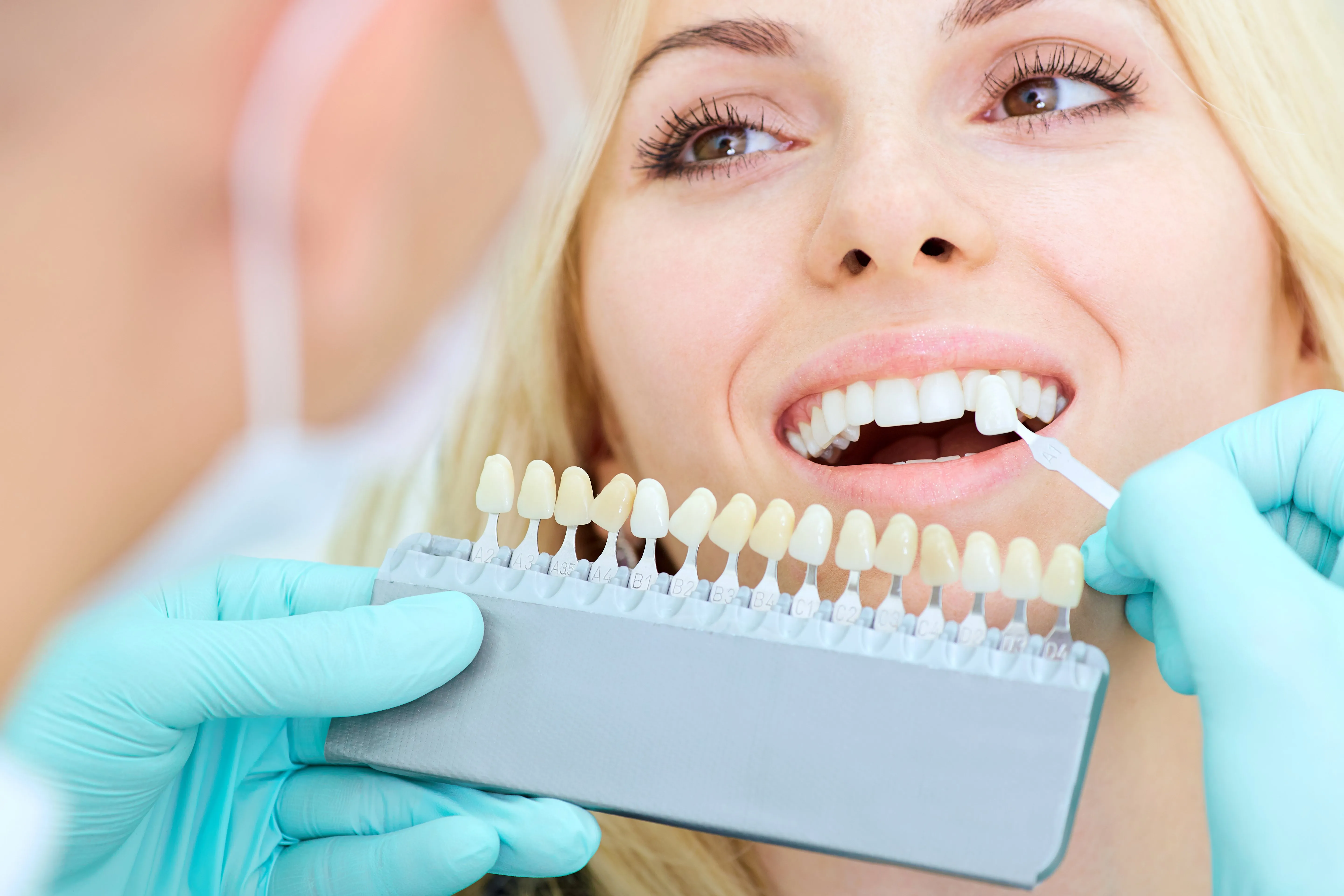
Certain foods and beverages are notorious for staining teeth. Coffee, tea, red wine, and dark-colored berries contain pigments that can adhere to tooth enamel. Regular consumption of these items can lead to gradual discoloration. Minimizing intake or rinsing your mouth with water after consuming these items can help reduce staining. The accumulation of these pigments over time can significantly impact the brightness of your smile.
Smoking and Tobacco
Smoking and other tobacco products are major contributors to tooth discoloration. The nicotine and tar in these products stain the teeth, leading to a yellow or brown hue. Additionally, smoking can compromise oral health, increasing the risk of gum disease and further exacerbating discoloration. Quitting smoking is beneficial not only for your overall health but also for maintaining a bright smile. Smoking is a major factor on the effectiveness of teeth whitening options.
Aging
As we age, the enamel on our teeth naturally thins, revealing the yellowish dentin underneath. This process, combined with years of exposure to staining agents, can lead to a less vibrant smile. While aging is a natural process, teeth whitening options can help counteract these effects and restore a more youthful appearance. Professional teeth whitening treatments are designed to address age-related discoloration effectively.
Types of Teeth Whitening Options
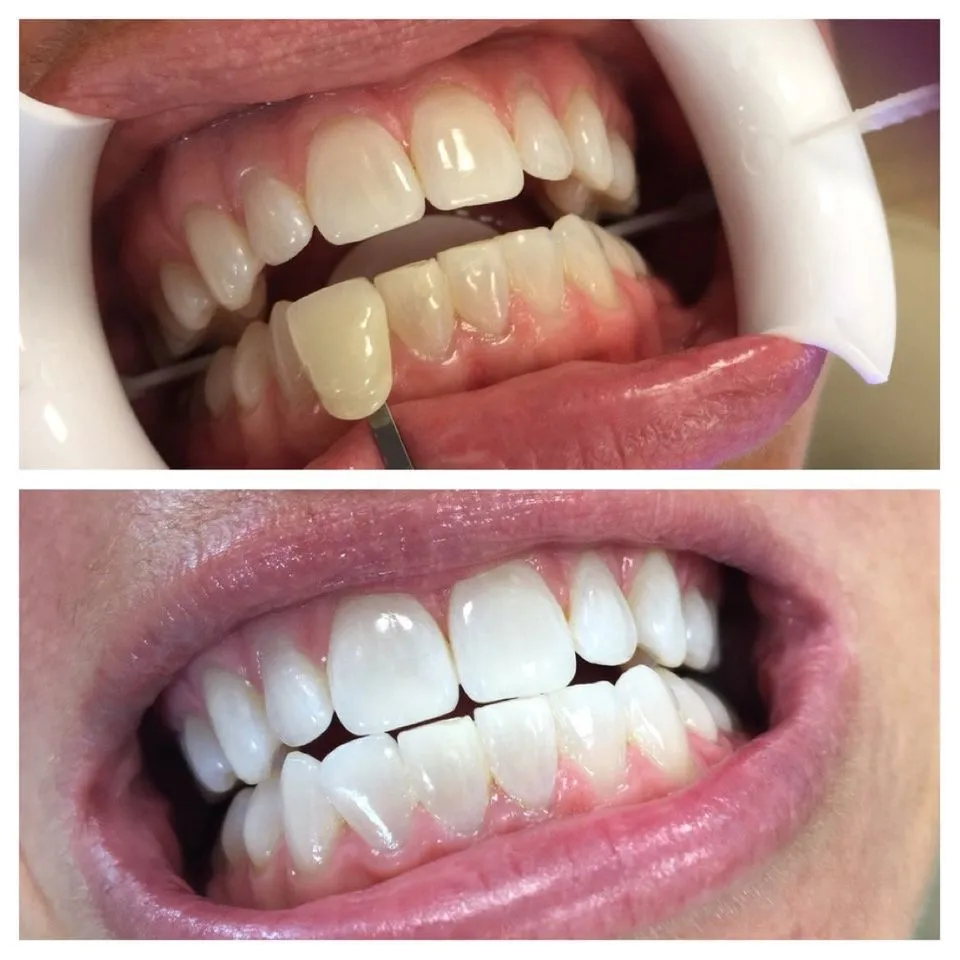
There is a wide range of teeth whitening options available, each with its own approach and effectiveness. Understanding the various types will help you choose the most suitable method for your needs. These options range from professional treatments administered by dentists to convenient at-home kits and over-the-counter products. The choice depends on factors such as the severity of discoloration, desired results, and personal preferences. From the dentist to the shelves, the options are many.
In-Office Whitening
In-office teeth whitening, performed by a dentist, offers the most immediate and dramatic results. This professional treatment involves the application of a high-concentration bleaching agent, often activated by a special light or laser. The entire procedure typically takes about an hour, and the results can be several shades whiter. This option is ideal for those seeking rapid and significant improvements in their smile.
Benefits of In-Office Whitening
In-office whitening provides several advantages. The dentist can assess your oral health and determine if you are a good candidate for the treatment. The stronger bleaching agents used in the office produce faster results compared to at-home options. The dentist can also monitor the process, ensuring safety and minimizing potential side effects like gum sensitivity. You get the advantage of having an expert doing the procedure. This guarantees that you receive a procedure that is right for you.
At-Home Whitening Kits
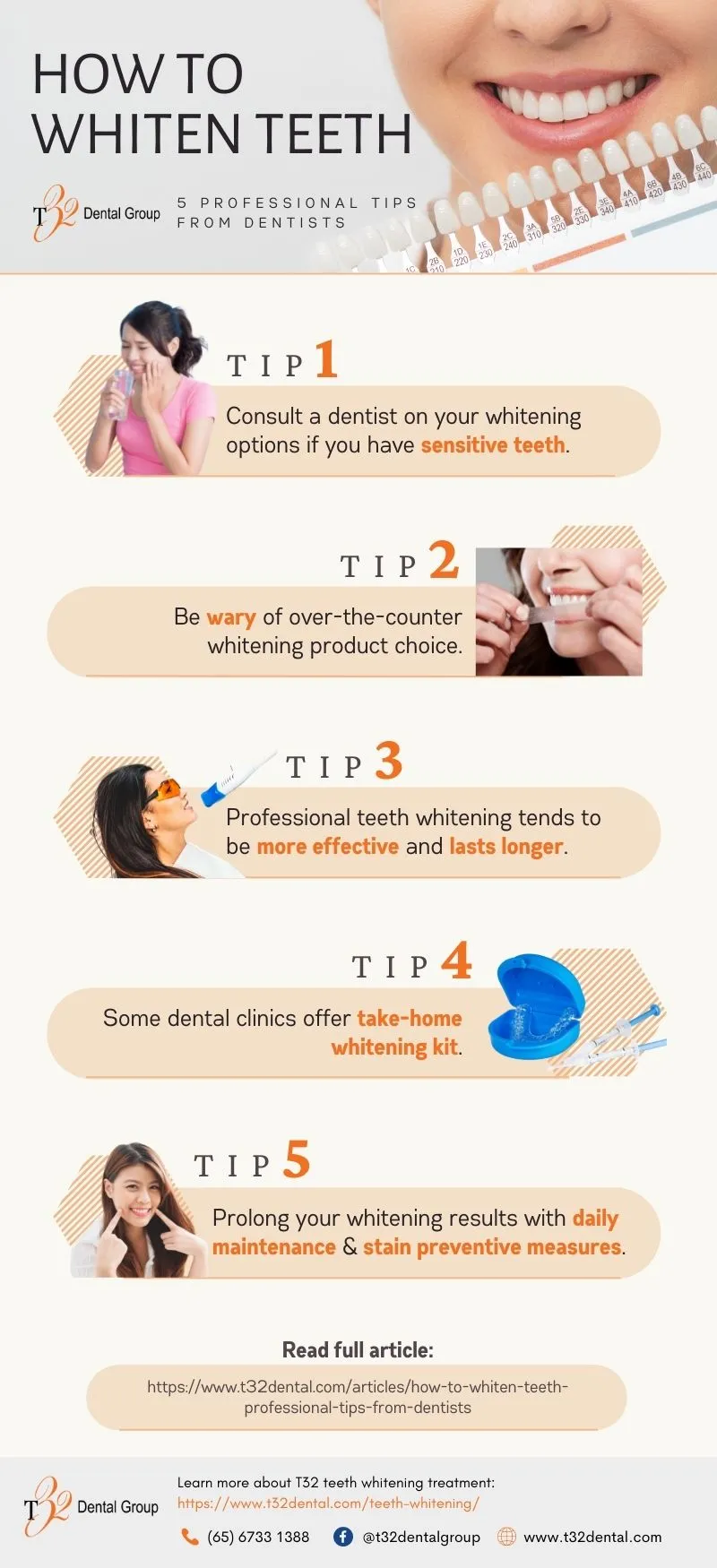
At-home whitening kits provide a convenient and more affordable way to whiten your teeth. These kits typically include custom-fitted trays and a bleaching gel. The dentist will take impressions of your teeth to create these trays, ensuring a comfortable fit and optimal contact with the teeth. You wear the trays for a specified period each day, following the dentist’s instructions. Results are noticeable within a few weeks, with gradual improvements in your smile.
Over-the-Counter Options
Over-the-counter teeth whitening products are readily available at drugstores and supermarkets. These options include whitening toothpastes and strips, providing a budget-friendly way to brighten your teeth. While these products are generally less potent than professional treatments, they can help remove surface stains and improve your smile over time. However, it’s crucial to use these products as directed and be mindful of any potential side effects. Be sure to choose the right one for you.
Whitening Toothpastes
Whitening toothpastes contain mild abrasives and chemicals that help remove surface stains. They are a convenient and affordable way to maintain a brighter smile. While they are effective at removing surface stains, they cannot change the natural color of your teeth. Using whitening toothpastes regularly can help prevent new stains from forming, contributing to a more polished appearance. Always use according to the instructions to minimize risks of irritation or damage.
Whitening Strips
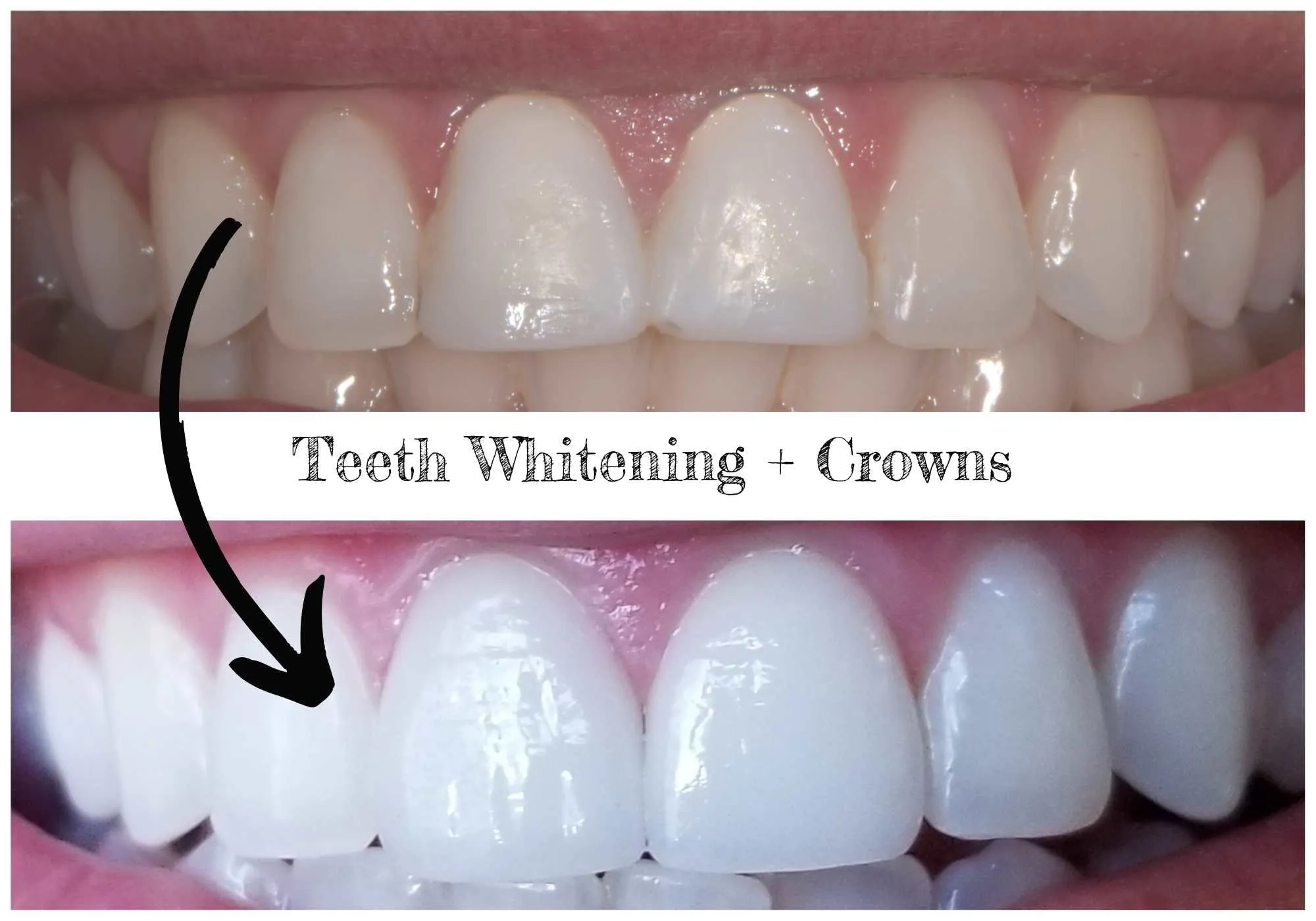
Whitening strips are thin, flexible strips coated with a bleaching agent. They are applied directly to the teeth and worn for a specified time. These strips are easy to use and offer a noticeable whitening effect. Results typically appear within a few weeks of consistent use. Follow the instructions on the packaging and be aware of potential side effects such as sensitivity. The whitening strips are easy to find.
Professional Whitening vs. Over-the-Counter
Choosing between professional teeth whitening and over-the-counter options depends on your individual needs and preferences. Professional treatments, performed by a dentist, offer faster and more dramatic results. Over-the-counter products are more affordable and convenient but may not be as effective for significant discoloration. Consider factors such as the degree of staining, budget, and desired results when making your decision. Consulting your dentist is the best path.
Cost Comparison
The cost of teeth whitening varies significantly depending on the method chosen. In-office treatments are typically the most expensive option, but they offer immediate results. At-home whitening kits are more affordable, while over-the-counter products are the most budget-friendly. When comparing costs, consider the longevity of the results and any potential side effects. Budget is an important factor in your decision.
Effectiveness Comparison
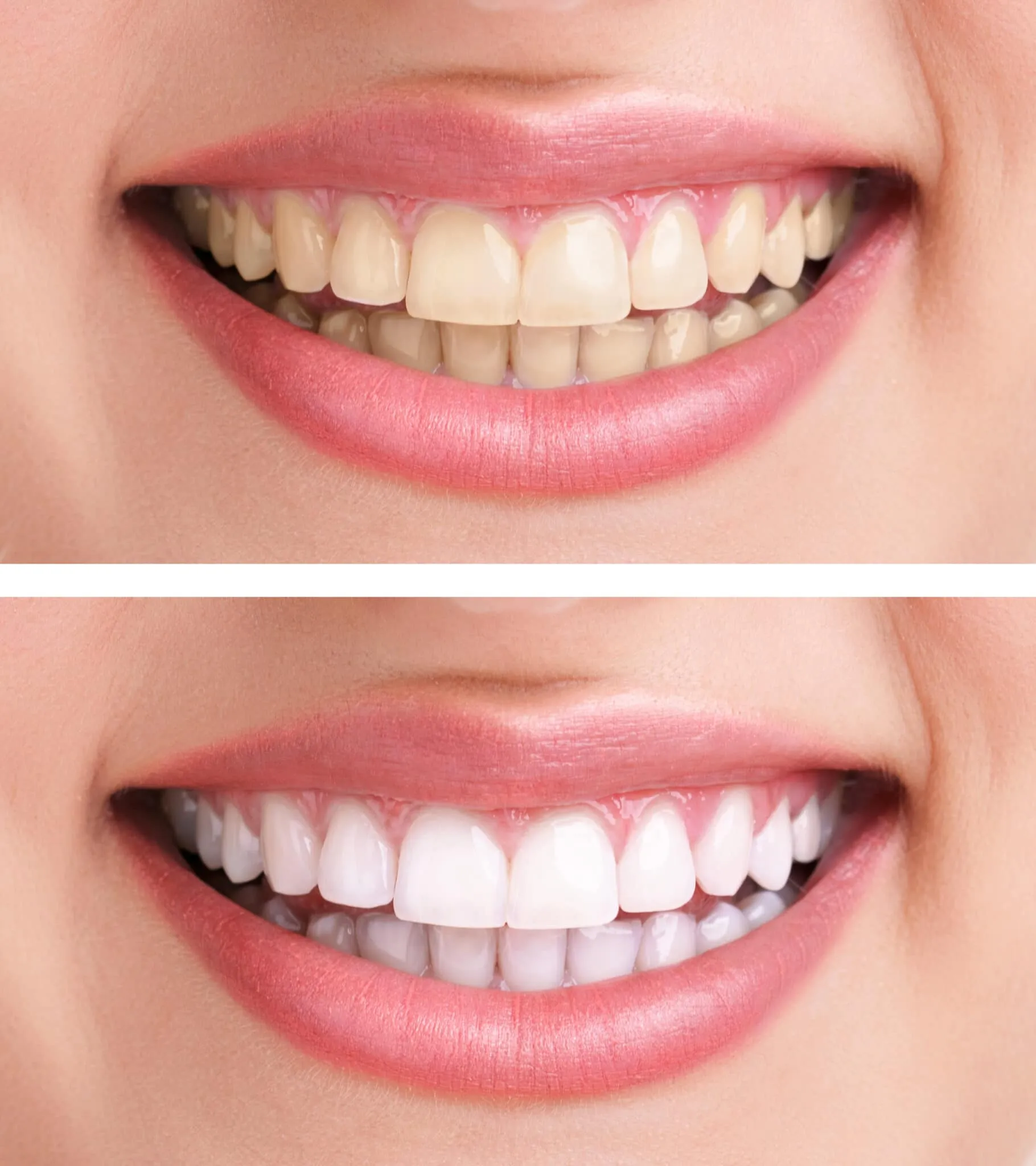
The effectiveness of teeth whitening varies depending on the method used. Professional treatments, with their higher concentrations of bleaching agents, generally produce the most dramatic results. At-home kits offer noticeable improvements over several weeks. Over-the-counter products can help remove surface stains, but their whitening effect may be limited. The most important factor is the initial consultation with your dentist to determine the best approach.
Safety Considerations
Teeth whitening is generally safe, but it’s essential to consider potential side effects and take precautions. Always consult with your dentist before starting any whitening treatment. They can assess your oral health and recommend the most appropriate option for your needs. Following the instructions carefully is crucial to minimize the risk of complications and ensure a positive experience.
Sensitivity
Tooth sensitivity is a common side effect of teeth whitening. This sensitivity can occur due to the bleaching agent’s effect on the enamel and dentin. Using desensitizing toothpaste and avoiding extremely hot or cold foods and drinks can help manage sensitivity. Your dentist may also recommend specific products to reduce this issue. Most sensitivity will resolve after the whitening treatment is complete.
Gum Irritation
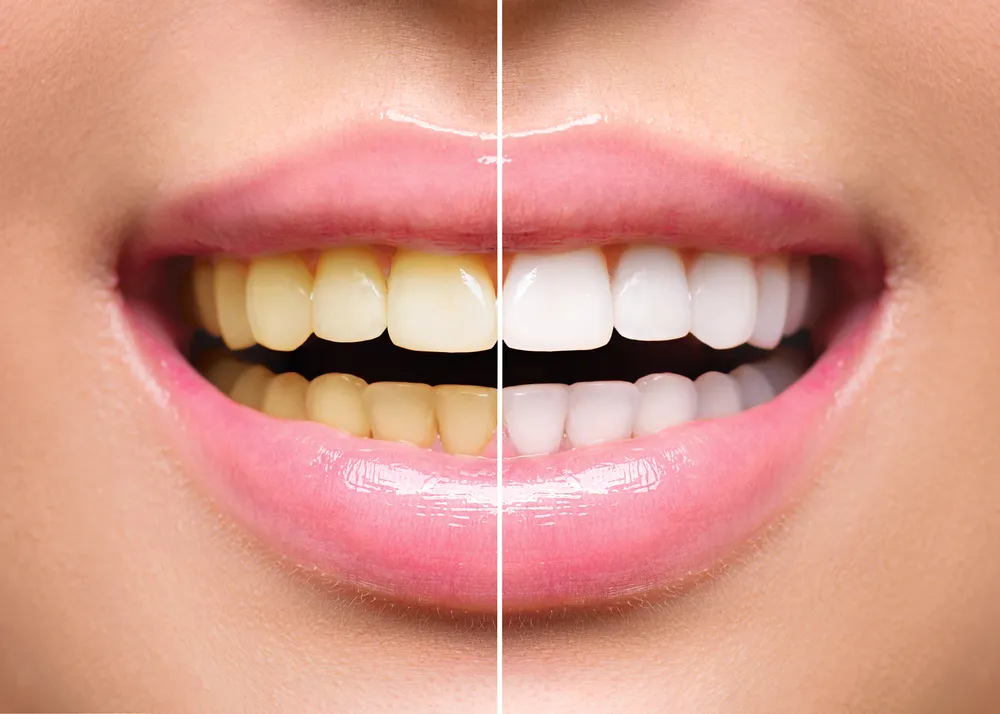
Gum irritation is another potential side effect of teeth whitening, often caused by the bleaching agent coming into contact with the gums. This can result in redness, swelling, and discomfort. Using custom-fitted trays or carefully applying strips can help prevent gum irritation. If irritation occurs, consult your dentist. This issue is usually temporary.
Maintaining Your White Smile
Maintaining your newly whitened smile involves adopting certain habits and practices. This includes avoiding staining foods and drinks, practicing good oral hygiene, and attending regular dental checkups. By taking these steps, you can prolong the results of your teeth whitening treatment and keep your smile looking bright. Remember that consistency is crucial.
Avoiding Staining Foods
Certain foods and drinks can stain your teeth and diminish the effects of whitening treatments. Minimizing your consumption of coffee, tea, red wine, and dark-colored berries can help maintain your white smile. If you do consume these items, rinse your mouth with water afterward or use a straw. Being mindful of your diet contributes to the longevity of your results. Watch for the staining foods.
Regular Dental Checkups
Regular dental checkups and cleanings are essential for maintaining a healthy and bright smile. Your dentist can remove surface stains, monitor your oral health, and provide professional advice on how to keep your teeth white. Regular checkups also allow for early detection and treatment of any potential oral health issues. Cleanings and checkups, what is better than an expert?
Dental Cleaning
Professional dental cleanings help remove plaque and tartar, which can cause discoloration and dull the appearance of your teeth. During a cleaning, your dentist or hygienist will polish your teeth, removing surface stains and leaving your smile feeling fresh and clean. Regular dental cleanings are a key component of maintaining a bright and healthy smile. Consider these options, you will not regret it.
Teeth Whitening Options Frequently Asked Questions
Several questions often arise when people consider teeth whitening. Addressing these common queries can provide clarity and help you make informed decisions. Here are answers to some of the most frequently asked questions about teeth whitening. These questions will help you.
Is Teeth Whitening Right for Everyone
Teeth whitening is not suitable for everyone. It’s often recommended for individuals with surface stains or discoloration caused by food, drinks, or aging. However, it may not be effective for stains caused by certain medications or dental issues. Your dentist can assess your oral health and determine if you are a good candidate. The first step is to have a consultation.
How Long Does Teeth Whitening Last
The longevity of teeth whitening results varies depending on the method used and your lifestyle habits. Professional treatments can last from one to three years, while at-home kits may require touch-ups more frequently. Maintaining a good oral hygiene routine and avoiding staining foods and drinks can help prolong the effects. A consistent routine is key to maintaining your whiter teeth.
Are There Any Side Effects of Teeth Whitening
Common side effects of teeth whitening include tooth sensitivity and gum irritation. These are usually temporary and resolve within a few days of treatment. Using desensitizing toothpaste and following your dentist’s instructions can help minimize these side effects. If you experience any severe or persistent side effects, consult your dentist immediately. Always make sure to contact the dentist if anything is wrong.
